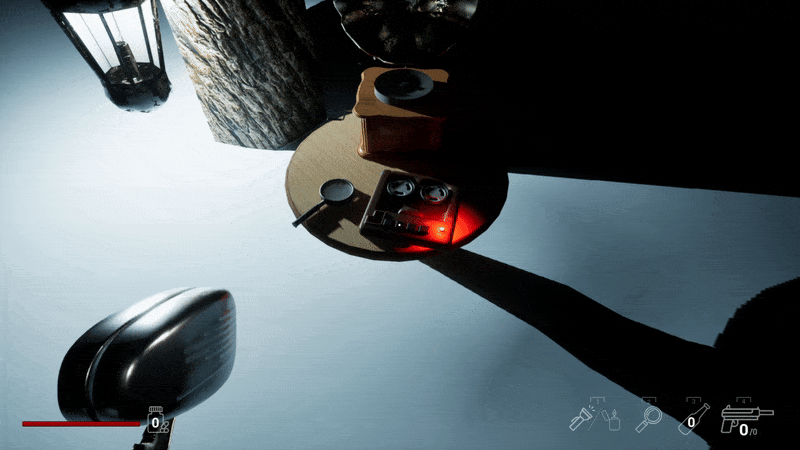Interaction Systems
Personal Project
The Need This Code Fulfills
In many games, there are different types of objects or characters that can be interacted with, but each type might have a unique way of handling those interactions. Without a system to standardize interactions, developers would need to write custom code for every possible interaction, making it difficult to maintain and extend the game. A trace interaction system using inheritance and virtual interact functions solves this by allowing different objects to inherit from a base class and override a generic interaction function. This makes it easy to add new interactive objects and control their behavior, without needing to rewrite or duplicate interaction code.
Unreal Engine Trace Interaction System
Interaction Tracing
I coded an interaction trace with C++ to handle player interactions with objects in the game world. It primarily detects interactable object actors within range of the trace and allows the player to interact with them via a virtual interact function on the stored interactable actor when the interact input action is triggered. The interaction trace is run every frame so as to clear the interactable actor cached when the player is no longer looking at it and enable or disable interaction prompts when necessary.
This could be optimized easily by lowering the tick rate at which the trace checks for interactable objects.
Interactable Object Actor
The interactable object actor code stores a reference to the interaction prompt. This is used to hide or reveal the interaction prompt when necessary. Additionally the interactable object actor class is an inheritable class with a virtual function called Interact. This function can be overridden to provide multipurpose functionality for a variety of different uses, In this project it was used to handle item pickups, audio tapes, combination locks, doors, etc. It is extremely versatile and streamlines the process of creating new interactable actor types.
Interaction Prompts
The interact UI widget displays an interaction prompt in the game. It formats a text message dynamically based on the interaction type (e.g., "E: Pick Up" or “E: Open”). This allows designers to assign different interaction keywords for different interactable actor types and also allows for the interact button to change the displayed input as needed.
